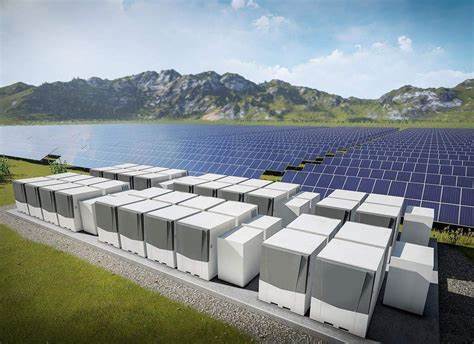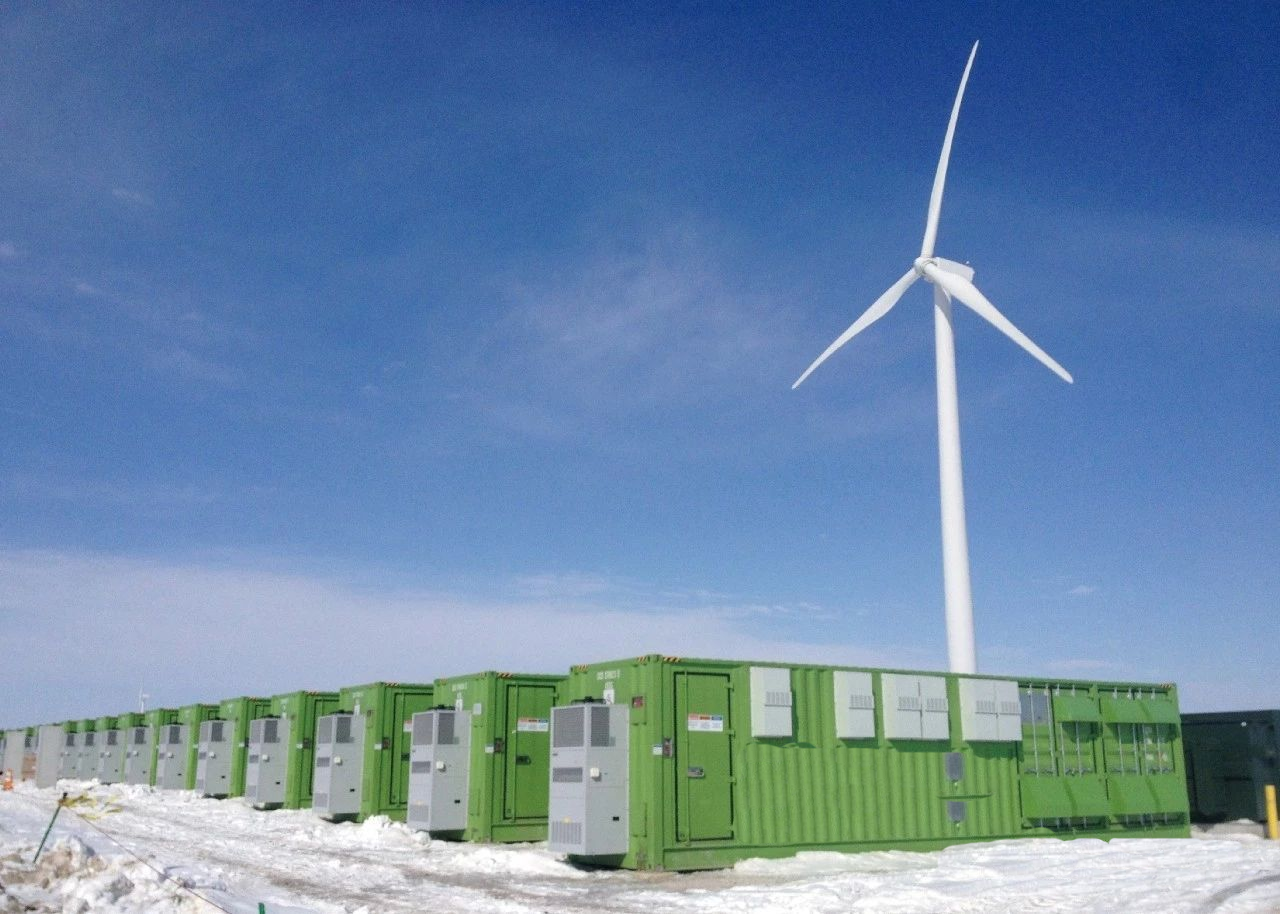
11 月 . 22, 2023 18:39 Back to list
Long-term energy storage applications are significant
Long-duration energy storage is still in its early stages of development and there is no universally agreed-upon definition for the duration of long-duration energy storage, both domestically and internationally. The definition of long-term energy storage varies across regions due to differences in power demand, renewable energy distribution, energy storage scale layout, and energy storage policy support. In China, for instance, long-term energy storage is generally defined as energy storage technology lasting more than 4 hours, in order to differentiate it from the large-scale construction of 2-hour energy storage systems.
The global market for long-duration energy storage has experienced significant growth in recent years, with the value of projects currently in operation or under construction exceeding $30 billion. If all ongoing projects are completed and put into operation in the next few years, the total installed capacity of long-term energy storage is expected to increase by 57 million kilowatts. This would be equivalent to approximately three times the total installed capacity of long-term energy storage worldwide in 2022. These developments are of great significance for the mid- to late-stage construction of a zero-carbon power system and in achieving the goal of reducing carbon emissions.

As the proportion of thermal power installed capacity gradually decreases to meet the "double carbon" goal, there is a need for stable base-load power generation resources. "Long-term energy storage + large-scale wind and solar projects" is emerging as a promising alternative to fossil fuels and is likely to become the future generation of base-load power resources. This transition is crucial for the construction of a zero-carbon power system in the long term.
In addition to providing stable power generation, long-term energy storage also plays a crucial role in managing the fluctuating power generation from renewable energy sources. As the proportion of wind and solar energy increases, the intermittency of their power generation poses challenges for grid stability. Building more transmission networks alone is insufficient to address this issue. Long-term energy storage, with its capacity to regulate the fluctuation of new energy power generation over an extended period of time, can help avoid grid congestion during surplus clean energy periods and improve clean energy consumption during peak load periods.

Another significant application of long-term energy storage is ensuring power supply during extreme weather events and reducing electricity costs for society as a whole. As we work towards achieving the "double carbon" goal, large-scale and high-security power systems are required for different durations. Energy storage technology, especially long-term energy storage, is poised to become one of the core technologies in ensuring energy security. Research and development efforts are crucial during the 14th and 15th Five-Year Plan periods to develop advanced technologies for adjusting the medium and long-term power structure and to expand the overseas long-term energy storage market.
Looking towards the future, as new energy power generation approaches or even surpasses 50% of total power generation, the need for energy storage technology with a duration of 10 hours or more will become increasingly crucial. The random and volatile nature of renewable energy sources makes it insufficient to support the safe and stable operation of power systems. Long-term energy storage will therefore play a vital role in ensuring peak supply, coping with extreme weather events, and mitigating the seasonal imbalances of new energy sources. For example, in southeastern coastal areas where wind power has a high share, the occurrence of typhoons or other extreme weather events may lead to shutdowns of wind turbines and power shortages lasting 3-5 days. In such cases, energy storage with a duration of approximately 100 hours is required to meet the adjustment needs and ensure uninterrupted Energy storage power supply.
Related products:
Self-Cooling-EN-215 Outdoor Distributed Energy Storage Cabinet - Power Type
Will be removed if infringing
Reference website:https://www.chinanews.com/
-
Unraveling the Power of EMS Energy Management Systems
NewsOct.23,2024
-
Unleashing the Potential of Power System Management and Smart Energy Solutions
NewsOct.23,2024
-
Smart Energy Mastery: Unleashing the Power of Controls
NewsOct.23,2024
-
Smart Energy Management: Unleashing the Power of Energy Management Systems and BMS Energy
NewsOct.23,2024
-
Powering Progress: ADMS, Intelligent Management & More
NewsOct.23,2024
-
Energizing the Future: Devices, Smart Management & Savings
NewsOct.23,2024


